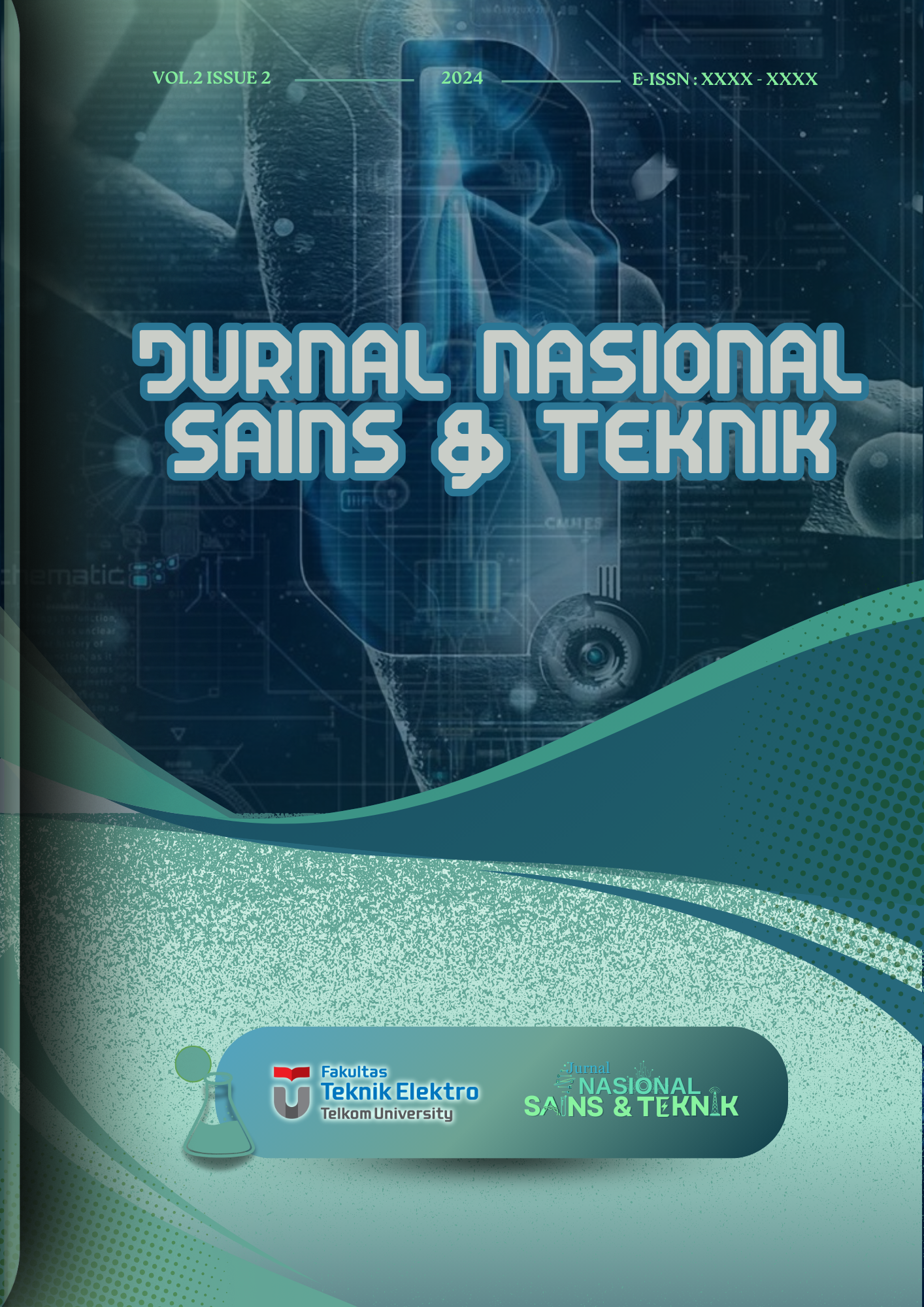Design And Implementation Of A Cyber Physical System Of A Automated Wheather Station And Agricultural Node In Smart Farming
DOI:
https://doi.org/10.25124/jnst.v2i2.8749Kata Kunci:
Cyber-Physical System (CPS), Smart Farming, Automated Weather Station, Agricultural Node, Internet of Things (IoT)Abstrak
This research focuses on the development of a Cyber-Physical System (CPS) for Smart Farming by integrating an automated weather station with an agricultural node. The automated weather station collects crucial meteorological data, including
temperature, humidity, rainfall, wind speed, and solar radiation, while the agricultural node monitors soil conditions, nutrient levels, and pest presence. Through seamless wireless communication and cloud-based analytics, the system provides
real-time insights to farmers, enabling informed decision-making regarding irrigation, fertilization, and pest control. Field
trials have demonstrated improved crop yield, resource optimization, and reduced environmental impact, showcasing the
potential of this CPS to revolutionize modern agriculture and contribute to sustainable and efficient farming practices. The
Agricultural Node, on the other hand, incorporates various sensors and actuators to monitor and control essential factors
such as soil moisture, nutrient levels, and pest presence.
Unduhan
Unduhan
Diterbitkan
Terbitan
Bagian
Lisensi
Authors who publish in this journal agree to the following rules:
- Authors retain copyright and give the journal the right of first publication, with the work simultaneously licensed under a Creative Commons Attribution License that allows others to share the work with an acknowledgement of the work's authorship and initial publication in this journal.
- Authors may enter separate, additional contractual arrangements for the non-exclusive distribution of the journal's published version of the work (e.g., posting it to an institutional repository or publishing it in a book), with attribution to the journal's initial publication.
- Authors are permitted and recommended to post their work online (such as in institutional repositories or on their website) prior to and during the submission process, as it can lead to productive exchanges as well as earlier and greater citation of published work.


